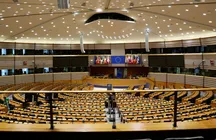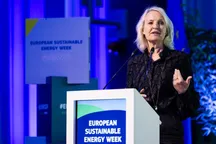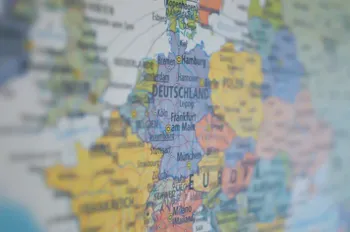Successful proposals will address the EU Bioeconomy Strategy, the Chemicals Strategy for Sustainability and the EU strategy for sustainable and circular textiles. Indirect contribution is expected towards the objectives of the Mission "Restore our Ocean and Waters by 2030" in particular to Objective 2: "Prevent and eliminate pollution of our oceans, Seas and waters".
Projects results are expected to contribute to the following expected outcomes:
- Availability of SSbD bio-based solutions for the textile industry, meeting technical and market performance requirements.
- Improvement in sustainability, circularity and safety of the textiles industry.
- Reduction of pollution (including micropollutants and emerging contaminants, as relevant) from the production, use and end-of-life phases of textile value chains, with potential ripple effects in downstream sectors.
- Improved social impacts along the textiles value-chain and broad socio-economic benefits.
The EU strategy for sustainable and circular textiles announced actions along the textiles value chain to increase circularity and sustainability. The European consumption of textiles has the fourth highest impact on climate change and the environment, after the food sector, housing and mobility. Conventional textiles production is one of the most resource intensive and polluting industries. Many textiles' functionalities and properties can currently only be achieved through processing with chemistry that
...






